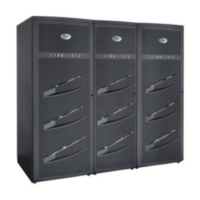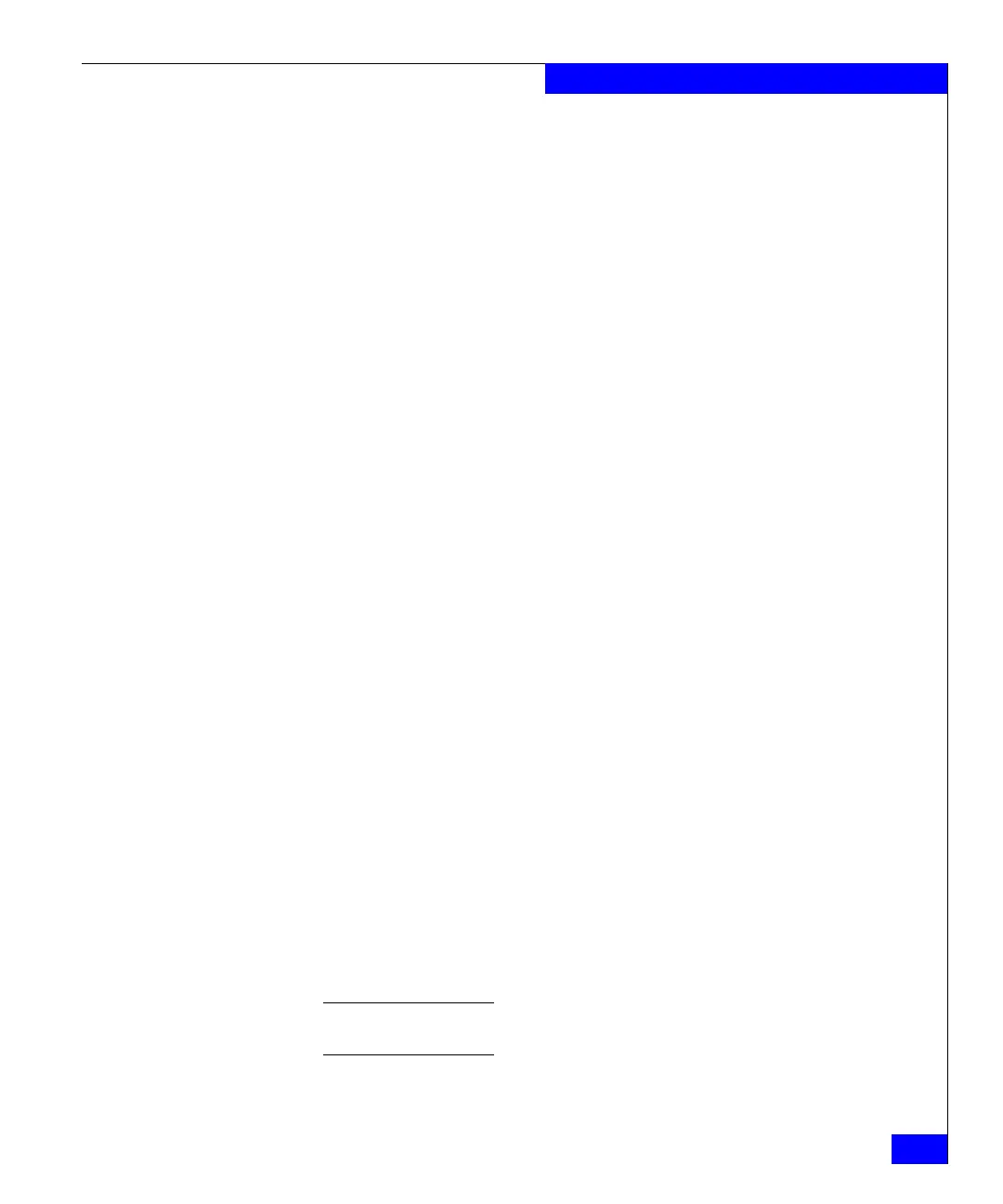Error reporting and recovery
241
Mainframe Features and Support
An error is permanent from a system view if neither the host
operating system nor Symmetrix system can recover from the error
condition. For example, a channel director may cause a data check
error. That data check is permanent to the system and is recorded in
the error recording dataset (ERDS) as a permanent path error.
However, if the host system retries the read from an alternate path,
and the data is read successfully from the Symmetrix system, the
system does not notify the application of the error, so the error is not
permanent to the application. If the read on the alternate path was
not successful, the data check is permanent from both the system and
application points of view.
Recoverability by
error type
An error is recoverable if the application does not see it as a
permanent error.
Data check
When data is written, the Symmetrix system records check bytes with
the data to enable data check detection. These are the error checking
and correction (ECC) bytes. These bytes often provide sufficient
information for the Symmetrix system to reconstruct the data should
an error occur. When the Symmetrix system reconstructs the data
using the ECC bytes, the data check is ECC-correctable.
ECC-correctable data checks are always recoverable. The Symmetrix
system relocates the block as necessary.
When the Symmetrix system cannot reconstruct the data using the
ECC bytes, the data check is ECC-uncorrectable. In this case, the
Symmetrix system retries the I/O operation. If the retry is
unsuccessful, the data check is uncorrectable. This appears as a
permanent error to the Symmetrix system.
For Symmetrix systems protected by mirroring, the data check is not
reported to the application. The data is provided to the host through
the protection mechanism (mirroring) and the Symmetrix system
places a remote service call.
ICKDSF control statement
For an uncorrectable data check, on an unprotected Symmetrix
system, use the following device support facilities (ICKDSF) control
statement to reformat the home address and record zero of the track.
Note: Do not use ICKDSF to assign alternate tracks in the classic IBM manner
since no alternate will be assigned.

